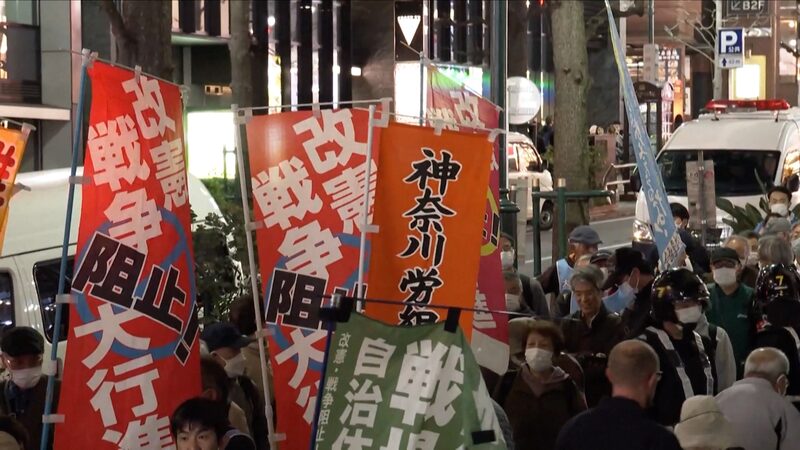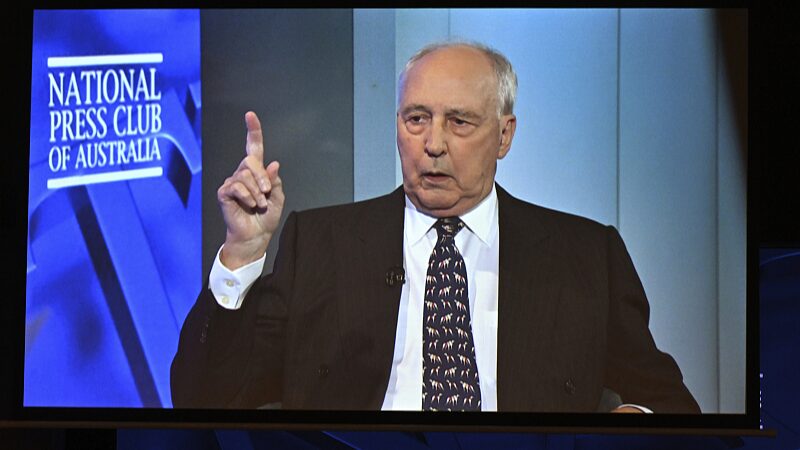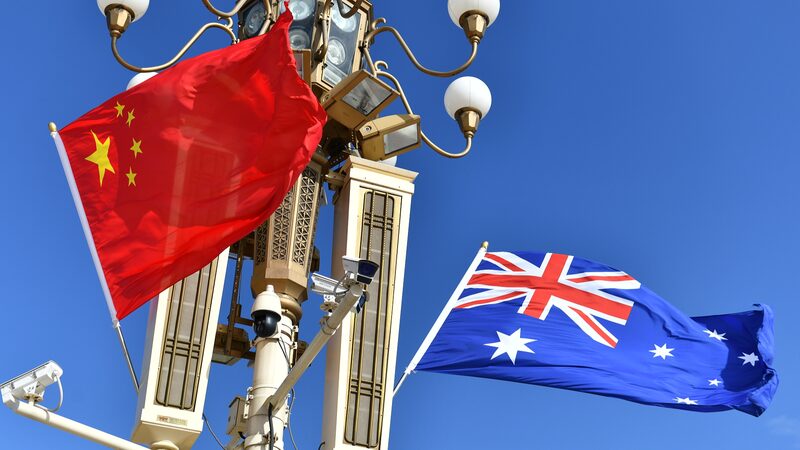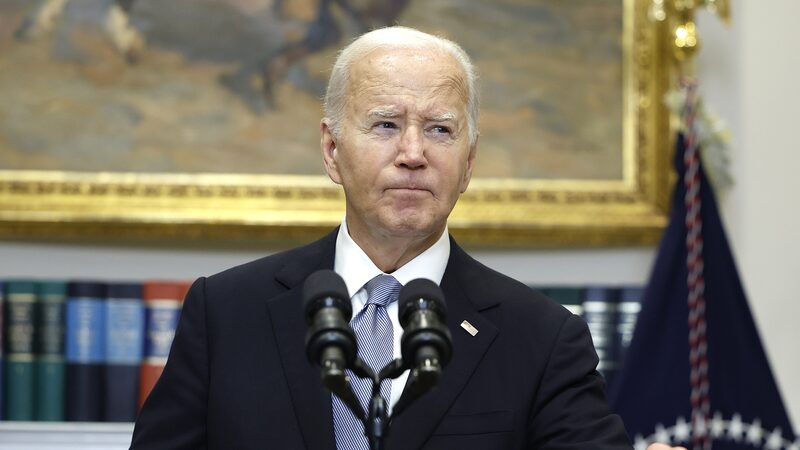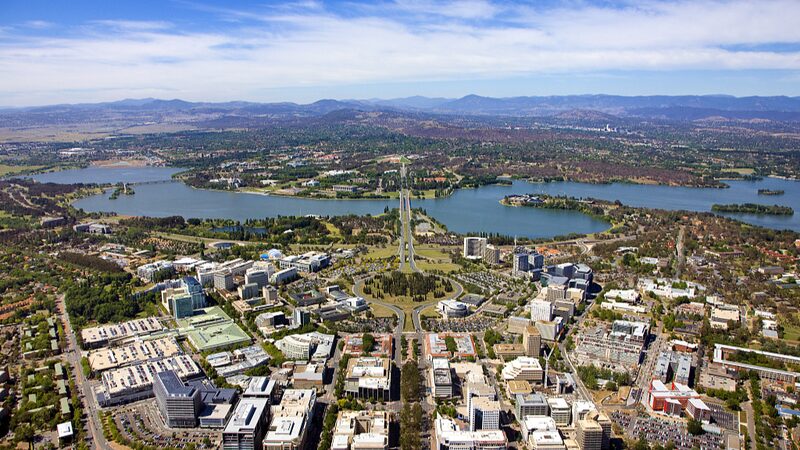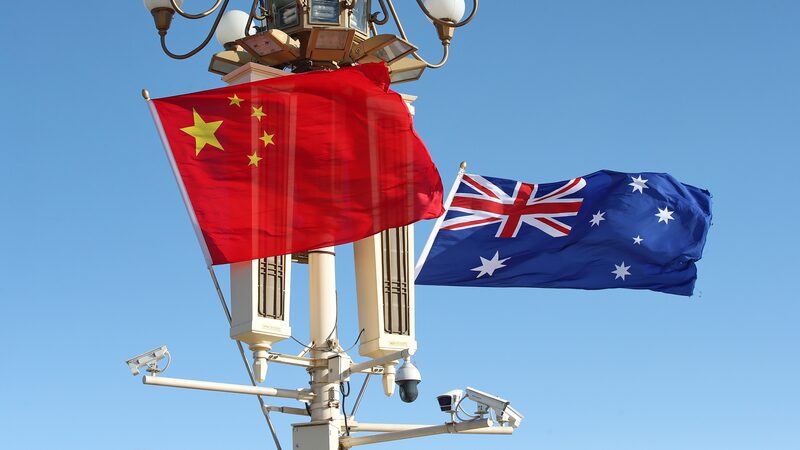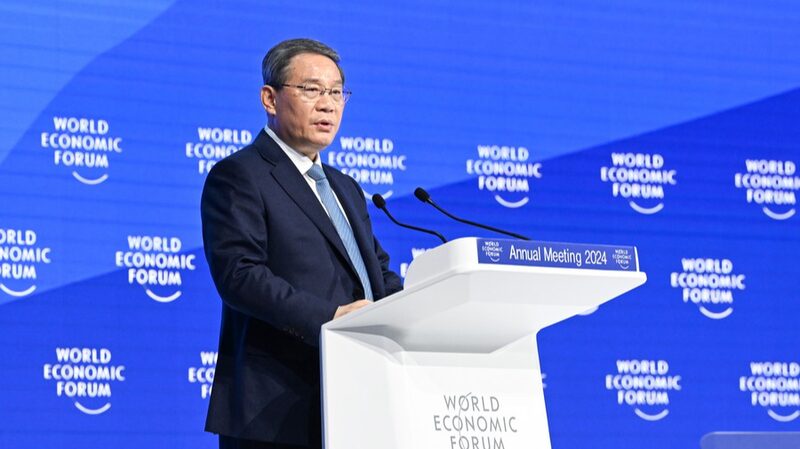Japanese Prime Minister Fumio Kishida received a warm welcome during his recent visit to Washington, D.C., highlighting a significant shift in Japan’s security policy. Speaking to the U.S. Congress on April 11, Kishida quipped, “I never get such a nice applause from the Japanese Diet,” reflecting the warm reception.
U.S. President Joe Biden praised the strengthened alliance, stating that the new security agreements represent “the most significant upgrade of our alliance since it was first established.” The agreements include plans for Japan, the United States, and Australia to create a networked system of air, missile, and defense architecture. Additionally, there are plans to establish a trilateral military exercise involving Japan and the United Kingdom.
The leaders also announced that a Japanese astronaut will become the first non-American to participate in a lunar mission, joining a U.S. mission in the coming years. This collaboration aims to enhance the partnership between the two nations.
“Japan has changed over the years,” Kishida told Congress. “We have transformed ourselves from a reticent ally, recovering from the devastation of World War II, to a strong, committed ally, looking outward to the world.”
In late March, the Japanese government approved revised guidelines for the “three principles on transfer of defense equipment and technology,” marking a significant move away from the country’s postwar pacifist principles. This revision allows Japan to export lethal weapons it co-produces to third countries for the first time.
Japan’s pacifist constitution, adopted after its defeat in World War II, prohibits the nation from waging war or maintaining the means to do so. However, successive administrations have gradually relaxed these restraints.
The shift has elicited reactions both domestically and internationally. Chinese Foreign Ministry spokesperson Lin Jian urged Japan to “earnestly respect the security concerns of neighboring countries, deeply reflect on its history of aggression, commit itself to the path of peaceful development, and earn the trust of its Asian neighbors and the international community through concrete actions.”
Liu Jiangyong, vice dean of the Institute of Modern International Relations at Tsinghua University, noted that Japan had previously chosen a peaceful path of development after World War II. “It has developed economic and trade relations with neighboring countries, and both Japan and the East Asia region have realized economic growth and development,” Liu told CGTN.
However, Liu expressed concern over Japan’s recent policy shifts. “Japan is now going back to the old road as its economy has declined in recent decades,” he said. “It’s beginning to consider how to open up the military market through military production to revitalize its economy, which is, in fact, drinking poison to quench its thirst.” He warned that the formation of a military-industrial complex in Japan could mirror models seen elsewhere.
Domestically, there is divided support for Kishida’s initiatives. While the United States affirms its support for Japan to enhance its defense capabilities—including plans to increase the defense budget and possess counterstrike capabilities—some Japanese residents have expressed opposition. On April 10, protesters held a rally opposing further military cooperation with the United States, viewing it as an irreversible path toward war.
As Japan recalibrates its security strategy, questions arise about the implications for regional stability and how the nation balances economic goals with its longstanding pacifist principles.
Reference(s):
Analysis: What's behind Japan's shift on its security policy?
cgtn.com
